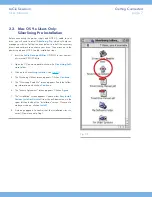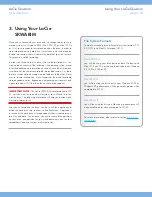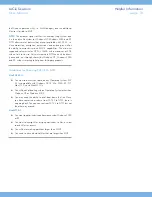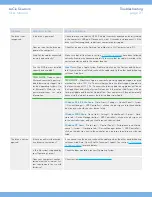
LaCie Skwarim
Helpful Information
User Manual
page 18
the Windows partition utility, i.e. Disk Manager), and the individual
file size is limited to 4GB.
NTFS:
This acronym stands for New Technology Filing System, and
it is the native file system for Windows NT, Windows 2000 and XP.
NTFS offers several features that are not available with FAT 32; i.e.
file compression, encryption, permissions, and auditing, as well as
the ability to mirror drives and RAID 5 capabilities. The minimum
supported volume size for NTFS is 10MB, with a maximum of 2TB,
with no limit to file size. Volumes created in NTFS can only be direct
ly accessed (not through shares) by Windows NT, Windows 2000
and XP, without resorting to help from thirdparty products.
Guidelines for Choosing FAT 32 Or NTFS
Use FAT 32 if:
✦
You want to access your data on any Operating System FAT
32 is compatible with Windows 98 SE, Me, 2000, XP, NT,
Mac OS 9.x and Mac OS 10.x.
✦
You will be dual booting with an Operating System other than
Windows NT or Windows 2000.
✦
You may need the ability to dual boot down the line. Once
you have converted a volume from FAT 32 to NTFS, there is
no going back. You can convert from FAT 32 to NTFS, but not
the other way around.
Use NTFS if:
✦
You want to optimize drive performance under Windows 2000
or XP.
✦
You want to encrypt files, assign permissions to files, or want
to audit files for access.
✦
You will be formatting partitions larger than 32GB.
✦
You need to store individual files that are larger than 4GB.








































